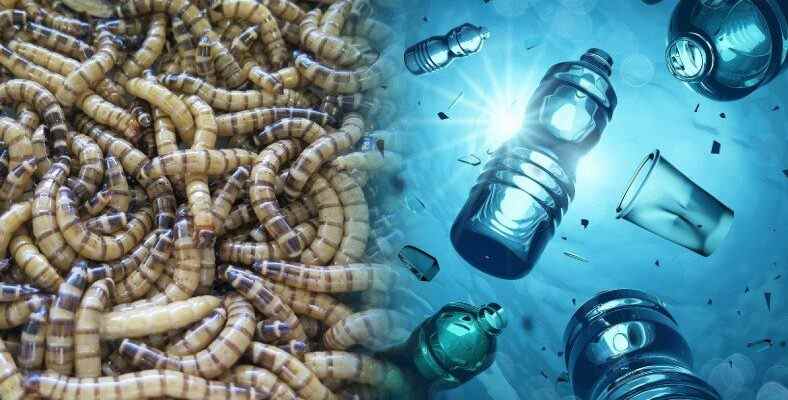Scientists have discovered that a species called ‘superworm’ can survive by eating plastic. According to the explanations, the findings may be useful for recycling.
Causes such as climate changes and human activities continue to seriously threaten the future of our planet. For this reason, the necessity of taking steps for a more sustainable future is emphasized by scientists. For example, we shared with you last week that it was announced that it would be possible to produce wood in a laboratory environment.
Of course, one of the things that is dragging our planet into a terrible future. plastic It should not go without saying that it is. This type of waste causes the extinction of living things and harms the environment in the long run. Now, the news has revealed that a living thing can be used against the plastic problem.
Superworms discovered to survive by eating plastic
Scientists at the University of Queensland in Australia, ‘‘super worm’ also known as ‘Zophoas morioof a creature can survive by consuming plastic discovered. In the statements made, it was stated that this creature is thought to be able to digest plastic through an intestinal enzyme.
Scientists working on the creature, also known as the Morio worm, fed the worms with different foods for three weeks. widely used results polystyrene It has been observed that even a living creature that consumes it gains weight. Co-author of the study, Dr. Chris Rinkle also stated in his statements that this development could be important for recycling:Superworms can act as a mini recycling facility.”
RELATED NEWS
Minerals Discovered on Ocean Floors Could Help Electric Vehicle Production: But How?
According to the statements, experts hope to determine which enzyme is most effective on plastic. Like this recycle It is stated that it can be reproduced on an appropriate scale and used against plastics that cause great harm to our planet. It is also emphasized that the research is very important for understanding at the molecular level how the intestinal bacteria of superworms do this and can be used in the production of bioplastics.
The research in question was published in Microbial Genomics.
